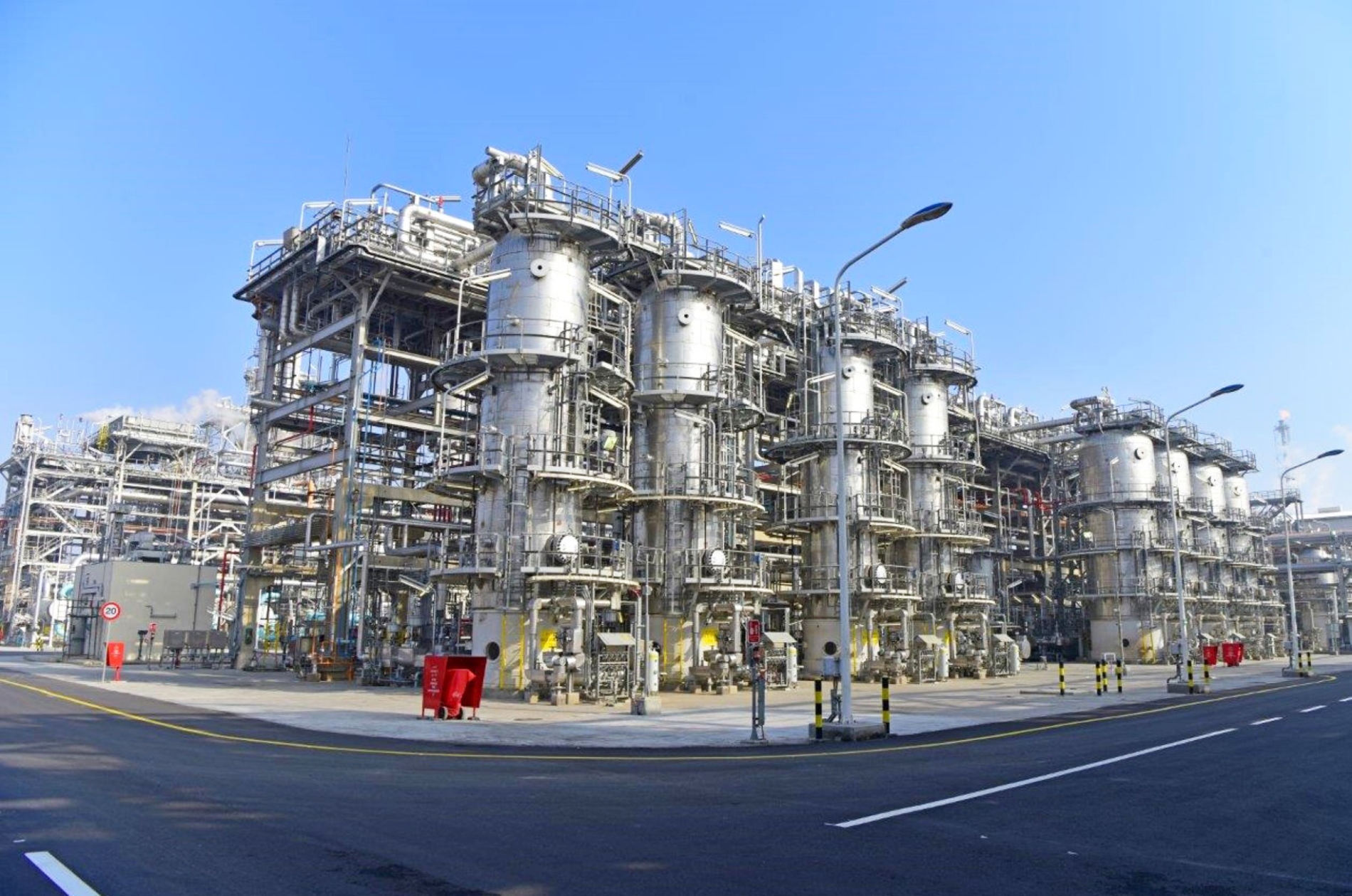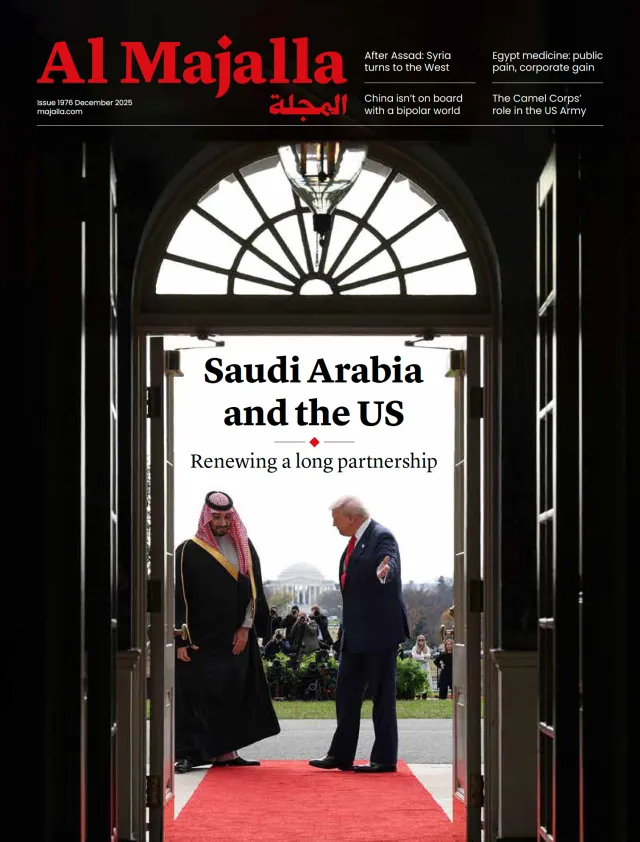In recent years, the International Energy Agency (IEA) has sent several contradictory signals that raise important questions about the agency's credibility and the integrity of its flagship World Energy Outlook (WEO). Are these inconsistencies the result of flawed forecasting models, or are they politically driven?
Has the IEA become a tool of shifting geopolitical narratives rather than a neutral energy guide? The 2025 edition of the WEO, in particular, brings these questions to the forefront, challenging the very purpose of the IEA outlook.
Over the past five years, the International Energy Agency has made a series of abrupt shifts in its core assumptions regarding peak oil demand, fossil fuel investment, and net-zero transitions that go far beyond normal technical revisions. These are not subtle recalibrations or model fine-tunings. They represent reversals of headline narratives that shaped global energy strategy, investment flows, and political discourse.
The consequences are not academic. These contradictory signals have contributed to a global environment of uncertainty, delaying critical upstream projects, confusing markets, and undermining long-term planning across both public and private sectors. At stake is not only the credibility of the IEA’s flagship World Energy Outlook but also the trust that policymakers, investors, and institutions place in energy forecasting as a whole.
Below are three of the most consequential contradictions that continue to erode confidence in the IEA’s role as a neutral and forward-looking observer of the global energy landscape.

1. From peak oil to prolonged demand
In its World Energy Outlook 2023, the IEA emphasised that global demand for coal, oil, and gas was “on track to peak before 2030” under the Stated Policies Scenario (STEPS). This position was widely reported in global media and served as a reference point for transition strategies, net-zero planning, and institutional investment decisions. The underlying message was clear: fossil fuels were entering terminal decline.
However, in the World Energy Outlook 2025, the IEA dramatically reversed course. Under the Current Policies Scenario (CPS), oil demand is projected to rise to 105 million barrels per day (bpd) by 2035 and to 113 million bpd by 2050. This is no minor adjustment. It represents a full-scale, two-decade deferral of the previously declared peak in global oil demand.
This abrupt shift between two WEO editions undermines confidence in the IEA’s forecasting integrity. What changed so drastically in two years to justify a 20-year extension of oil demand growth? Is the adjustment based on improved modelling, or does it reflect a geopolitical recalibration? Either way, such volatility in outlook carries profound consequences.
In the wake of the IEA’s earlier “peak before 2030” narrative, a wave of capital was pulled back from long-term upstream and downstream oil investments, particularly in refining capacity, new field development, and infrastructure expansion. Dozens of projects were postponed or downsized, particularly in regions that are sensitive to international climate finance benchmarks.
This contraction in investment, guided in part by IEA messaging, has already contributed to tightening global supply buffers, rising project costs, and increased price volatility. In some markets, reduced refining capacity has led to supply bottlenecks in critical petroleum products. Energy security, once presumed stable, has been quietly eroded.
Now that the IEA itself projects prolonged oil demand growth, questions must be asked. Who will step in to rebuild the investment gap? Can global supply chains scale quickly enough to meet future demand without causing dislocations? And most importantly, how can long-cycle energy investors trust an agency whose core outlook has shifted so dramatically in such a short time?

2. Net Zero La La Land
In May 2021, the International Energy Agency (IEA) released its landmark Net Zero by 2050 roadmap, making headlines for declaring:
“Beyond projects already committed as of 2021, there are no new oil and gas fields approved for development in our pathway.”
This bold claim was interpreted across government and industry circles as a policy-aligned signal that future upstream investment in hydrocarbons would be unnecessary. In effect, it downplayed the continued role of fossil fuels in meeting global demand, despite uncertainty over technology readiness, consumer behaviour, and geopolitical constraints. The consequences of that messaging have since echoed through boardrooms, ministries, and markets.
The first global energy leader to call out the flaws in this narrative was His Royal Highness Prince Abdulaziz Bin Salman, Saudi Arabia’s Minister of Energy. Just a month after the report’s release, in June 2021, he famously dismissed the IEA’s assumptions as detached from reality, branding the net-zero pathway as a “La La Land scenario.” His stance was grounded in energy market truths, not abstract theories, underscoring the structural investment gaps that now threaten long-term energy security: energy demand was recovering strongly from the pandemic, yet the IEA was signalling that supply should stand still.
This warning proved prescient. Just three years later, the IEA’s own projections have shifted significantly. In World Energy Outlook 2025, the agency now forecasts that under its Current Policies Scenario (CPS), global oil demand will not only avoid an imminent peak but grow to 105 million bpd by 2035, and further to 113 million bpd by 2050. Even in the Stated Policies Scenario (STEPS), oil demand is expected to remain broadly resilient for the next decade. This represents a profound revision compared to earlier declarations that fossil fuel demand would peak before 2030.










